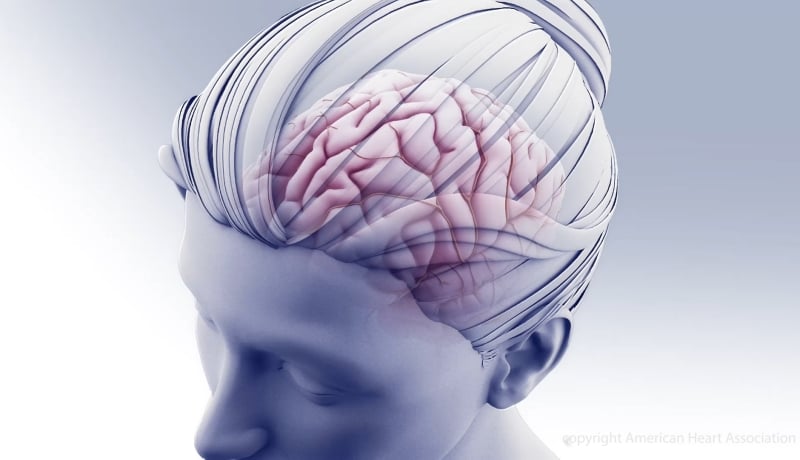So the endpoint of the research doesn't measure recovery at all.
“What's measured, improves.” So said management legend and author Peter F. Drucker
Lumosa's stroke drug lowers risk of deadly treatment complication, positioning small biotech to tap into Roche's $1.4B market

Patients receiving Lumosa Therapeutics' stroke drug were not at an increased risk of experiencing a serious brain hemorrhage, meeting the main goal of a midstage study and setting up the small biotech to join a billion-dollar market owned by Roche.
The main goal of the small phase 2a study was to determine the percentage of patients with acute ischemic stroke, or AIS, who experienced a serious brain bleed called symptomatic intracranial hemorrhage, or sICH, after receiving LT3001 or placebo. SICH occurs in about 6% of patients who are treated for stroke with intravenous thrombolysis, the standard way to deliver medicines to patients via IV. The complication has a 50% mortality rate.
Patients who received LT3001 did not appear to be at an increased risk for sICH, the Taipei-based biotech said Tuesday. The drug is meant to extend the time in which patients with AIS, who make up about 85% of stroke cases, can be treated to clear clots.
Activase, the standard of care therapy for treating strokes sold by Roche's Genentech, has an increased risk of sICH. In the U.S., treatment can only be administered to patients who developed symptoms in the past 4.5 hours.
RELATED: Biogen buys midphase drug to challenge Roche for stroke market
Lumosa's drug was tested in patients within 24 hours after stroke symptoms appeared, with the median time to treatment being 20 hours. The study involved 24 patients, with 16 receiving the drug. LT3001 also appeared to spur neurological improvement in 78% of those patients, which was a secondary goal of the trial.
The results could pit Lumosa against Biogen in the race to develop a drug that extends the AIS treatment window. Biogen exercised its option to acquire an AIS drug from TMS in May for $18 million after phase 2a data also showed no patients experienced sICH.
Roche's heart attack drugs generated about $1.4 billion in sales last year, meaning a large market if Biogen or Lumosa get add-on therapies that can extend the treatment window across the line.
Lumosa is planning several phase 2b multi-dose trials in AIS patients who have no treatment options and a phase 2 trial in AIS patients who are undergoing endovascular thrombectomy. This procedure involves inserting thin catheters into the blood clot through the groin or arm. The company is seeking global partners for later phase development of LT3001.
If approved, LT3001 would be Lumosa's second marketed treatment. The company has received approval in Taiwan and Singapore for its weeklong post-operative pain drug Naldebain. Lumosa is awaiting approvals in Thailand and Malaysia as well, which could be granted this year or next. September 19-20, 2022
The biotech is also seeking business collaborations for Naldebain, or LT1001, in the U.S. and Korea.
Editor's note: This
story was updated at 10 a.m. ET on Aug. 5, 2021, to correct the number
of patients who received the therapy in the trial to 16.
No comments:
Post a Comment